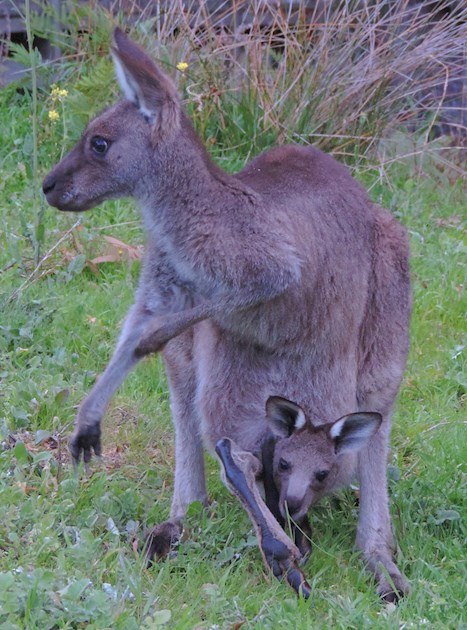"This year’s award of the Nobel Prize for Physiology and Medicine to James P. Allison and Tasuku Honjo, for their work in the early 1990s on immune checkpoint proteins CTLA4 and PD1, is a fitting recognition of how their work has led to a seismic shift in the way we treat cancer.
In a remarkably short time, drugs that inhibit these immune checkpoints (or immune brakes) have transformed the practice of clinical oncology."
More on checkpoint inhibitors by Craig Gedye, Oncologist and Senior Lecturer, University of Newcastle: theconversation.com/how-two...
Unfortunately, checkpoint inhibitors haven't been as successfully applied to CLL - yet, as they have with other cancers. This just goes to show that different cancers require different treatments and perhaps reflects the challenges involved in treating CLL, due to the way it intrinsically interferes with our immune system.
Other Nobel Prize winning work more related to CLL is covered in this recent post by Kwenda:
healthunlocked.com/cllsuppo....
Neil
Photo: This week my wife and I had a very special time just sitting among a small mob of grazing kangaroos in a conservation park not 3 miles (4km) from our home. One of them had a joey grazing from the comfort of her pouch, other than when they took the time to pose for this photo. We saw well over 20 kangaroos and wallabies in our walk through the park, three with joeys in their pouches.
